Our Story
The Boston Architectural College began as a professional club in 1889. In 1971, we became the first accredited architecture program with a work component in the US. Since then, we have introduced programs in interior architecture, landscape architecture, and design studies.
Learn All About the College in 2025
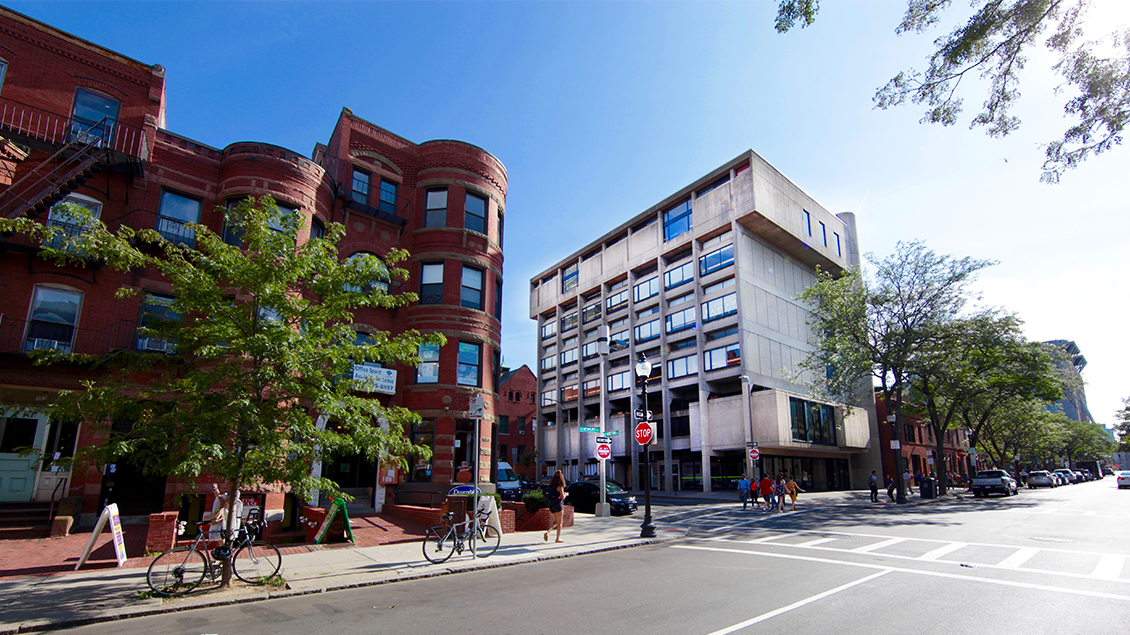
The Boston Architectural College was established as The Boston Architectural Club in 1889 by a group of both young and established local architects. The BAC's founders designed hospitals, churches, libraries, schools, theatres, and many notable homes in Back Bay and Fenway; started influential companies, including Peabody & Stearns and A. H. Davenport & Company; and boasted two future AIA presidents, R. Clipston Sturgis and Robert S. Peabody. One notable founder, Edward C. Cabot, served as the president of the Boston Society of Architects for nearly 30 years and designed the Boston Athenaeum.
According to its original charter, the founders created the Club "for the purpose of associating those interested in the profession of architecture with a view to mutual encouragement and help in studies." The BAC was envisioned as a broad community not just for architects but also sculptors, painters, decorative artists, and patrons of the arts. Clarence Blackall, the Club's first president, was passionate about creating an open and inclusive society, a tenet that is an essential part of the BAC's mission today. This accessibility attracted many first- and second-generation immigrants, who often could not attend traditional colleges.
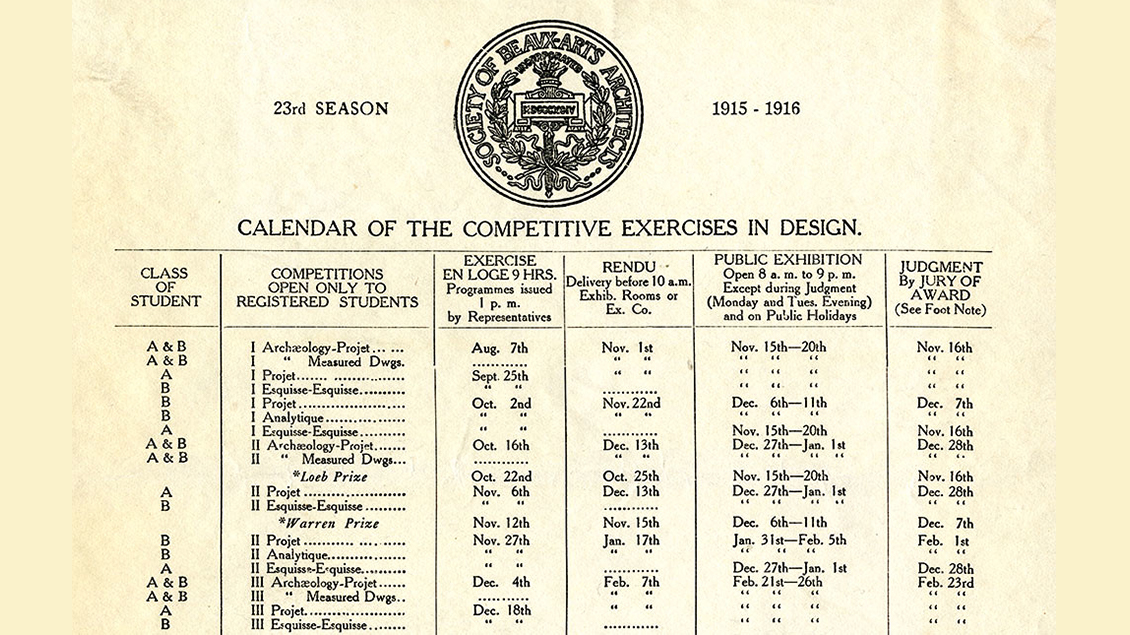
In the late nineteenth century, Boston was growing rapidly, and architects and draftsmen were in high demand. By 1890, the BAC had introduced a low-cost atelier, a studio where novice draftsmen could learn from practiced professionals volunteering as instructors. Students took classes in subjects like planning, modeling, watercolor, pen and ink, and French, and they prepared entries for competitions and scholarship applications. Throughout its history, the BAC's unique approach to architectural education attracted noted instructors, including Constant-Désiré Despradelle, Ralph Adams Cram, C. Howard Walker, and Ralph Rapson-many from the architecture programs at MIT and Harvard.
In addition to classes, members of the club held lectures, "smoke talks," and field trips. They mounted exhibitions, corresponded with architectural clubs in other cities, critiqued each other's work, and published an annual illustrated volume on a current style topic, often featuring the works of prominent artists and architects. Lectures were often given by recipients of the Rotch Travelling Scholarship, the oldest scholarship for architectural education through travel in the United States. Many of the first Rotch Scholars prepared their applications for the scholarship while studying at the BAC.
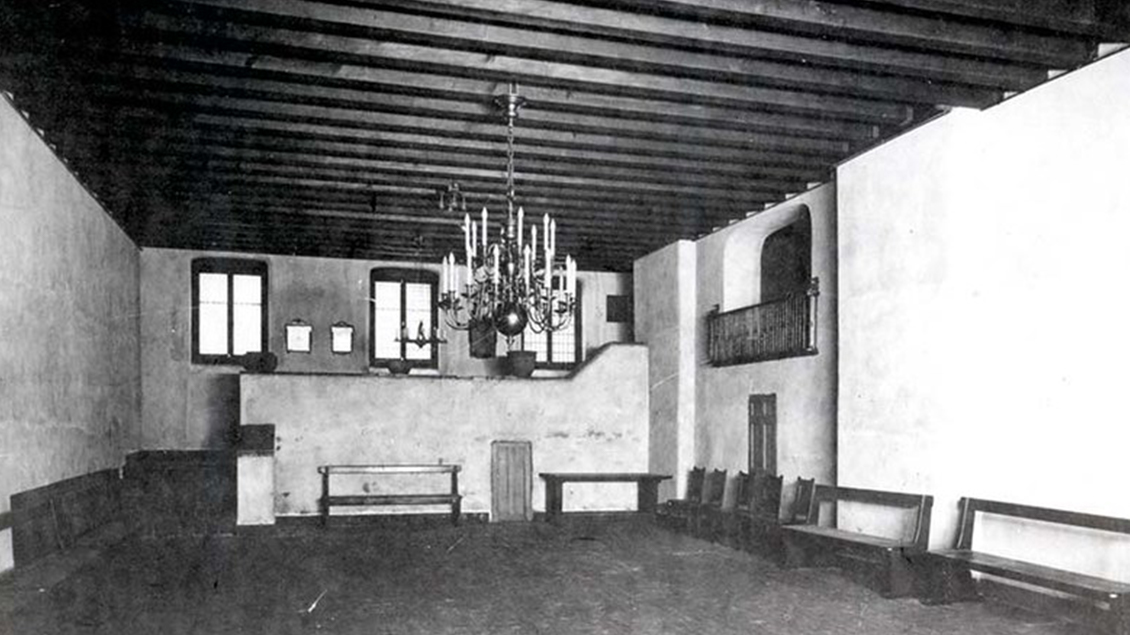
For its first twenty years, the BAC rented rooms on Beacon Hill, moving from Hamilton Place, over Boston's Music Hall, to Tremont Place to Ashburton Street before buying a permanent location, a four-story brick building at 16 Somerset Street, in 1910. The Boston Society of Architects (BSA) took offices on the second floor, commonly holding joint meetings and exhibitions with the BAC. There were around 100 architectural firms within walking distance, keeping the BAC closely intertwined with the professional architectural community in Boston.
Headquarters were renovated to reflect the classical sensibility of American architecture at the time. The design included a two-story great hall with a dramatic bank of leaded glass windows, a hand-carved gothic entry, and antique furnishings and decorations. In 1929, the Memorial Library was created in honor of three members of the BAC atelier killed in the First World War. Today, Memorial Library is housed within the Shaw and Stone Library on the sixth floor of 320 Newbury Street.
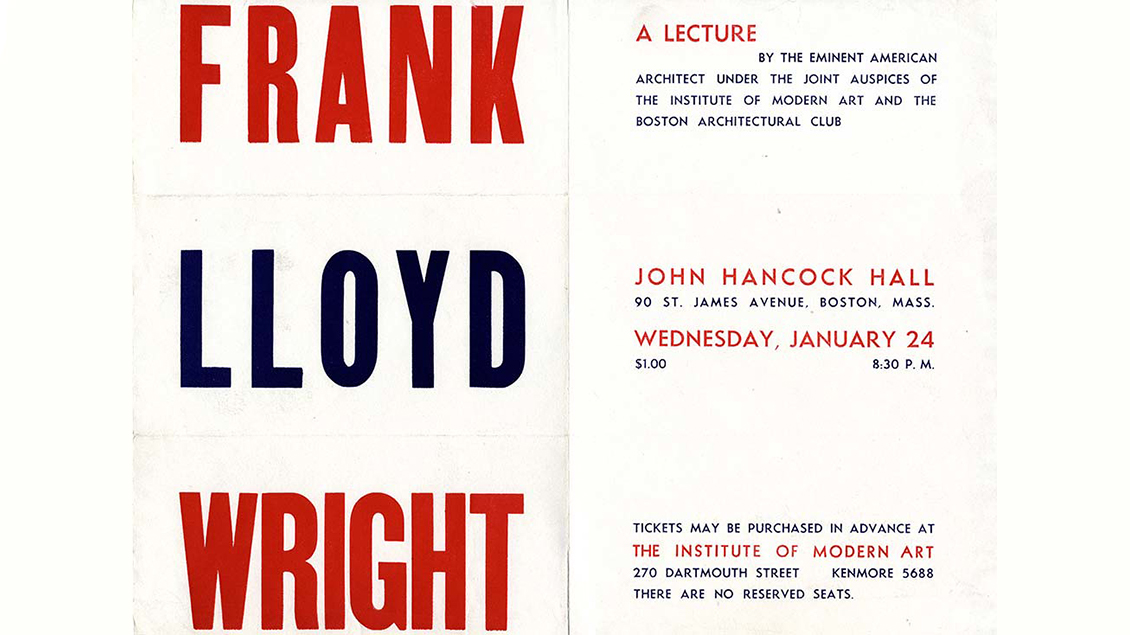
In 1938, Arcangelo Cascieri-BAC alumnus, professional sculptor, and longtime member of the Education Committee-became dean of the BAC, a post he held for more than 50 years. During his tenure, he worked to overhaul the BAC's educational model, replacing the Beaux-Arts system of architectural training, which centered on classical architecture, with a modernist curriculum that emphasized history and theory, materials and methods, geometry, perspective, city planning, and architectural practice. The BAC's alternative model of educating and training working professionals with affordable evening courses and studios continued alongside the modernized curriculum.
In 1944, Dean Cascieri introduced a popular lecture series, employing his renowned charm to attract notable speakers including Frank Lloyd Wright, Buckminster Fuller, Philip Johnson, Serge Chermayeff, and Florence Knoll. That same year, the BAC's evolution from a social club to a public educational center prompted a formal name change to The Boston Architectural Center. In 1945, the Center admitted its first women members, displaying an early commitment to diversity in design education-today the student body is 44 percent woman and 44 percent minority students.
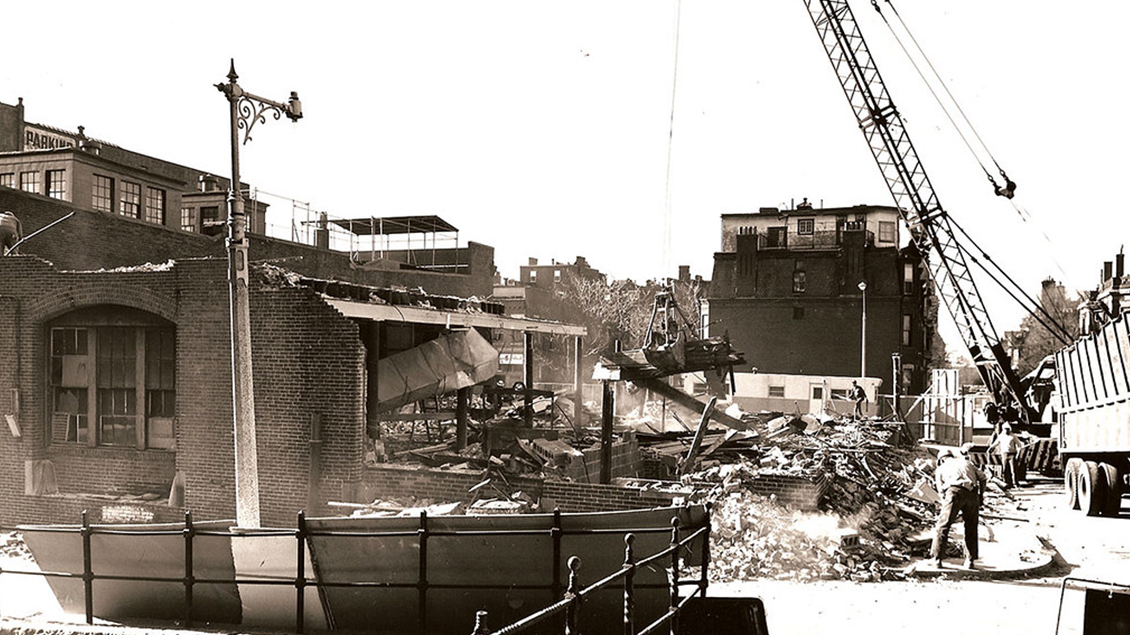
In the wake of the Second World War, the BAC's enrollment increased, and its mission and offerings continued to evolve. Until this point, the BAC primarily offered continuing education and evening classes for those already working in the profession by day. But with the passage of the GI Bill®, new members began to join the Center in order to train for a completely new career. In the next few years, the BAC formalized its educational offerings for the first time, awarding a Certificate of Completion for graduation from the five-year program. The first BAC certificate student graduated in 1952.
In 1961, the Somerset Street building was acquired by the city, and the BAC moved to 320 Newbury Street. In 1963, an international competition was held to design a new school building. Nearly 100 designs and models were submitted to a jury of distinguished architects and educators. A design by Ashley, Myer and Associates in the modern, brutalist style of concrete construction was chosen, and the new building was dedicated in 1966 with a week of exhibits, lectures, dinners, and conferences. In 1979, Richard Haas painted a 50-foot architectural trompe l'oeil mural on the building's west side.
The first director of education, Sanford Greenfield, was appointed in 1967. He played an important role in shaping the BAC's changing approach to education, proposing daytime classes, faculty stipends, and professional accreditation for the first time. He imagined integrating students' paid work in firms directly into the curriculum, creating a system of combined applied and theoretical learning where students' professional work experience would dovetail meaningfully with their academic studies. Over the next 30 years, Don Brown, the director of the work program, developed this idea into today's formal Practice component, with required practice hours, portfolio reviews, and skill level milestones.
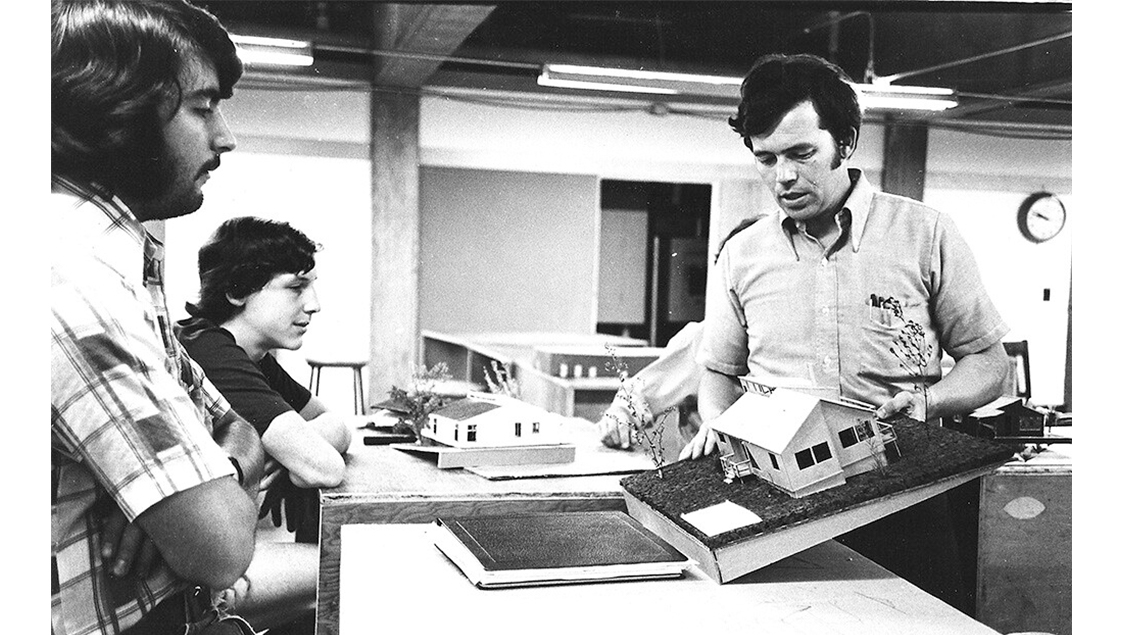
As a first professional degree began to be a requirement for licensure in architecture, the BAC decided to apply for professional accreditation. In 1971, the National Architectural Accrediting Board (NAAB) came to the BAC for its first accreditation visit. Impressed by the unique curriculum, NAAB awarded the BAC full six-year accreditation, making it the only accredited certificate in architecture in the US and the first accredited program with a structured work component. In 1979, the certificate officially became a NAAB-accredited Bachelor of Architecture.
In the 70s and 80s, the BAC began to expand its academic offerings. Summer Academy was launched in 1974 as an intense five-week introduction to environmental design for high school students, including tours, design exercises, lectures, and exhibitions of their work. In 1982, the ProArts Consortium was founded between Berklee College of Music, The Boston Conservatory, Emerson College, Massachusetts College of Art and Design, School of the Museum of Fine Arts, and the BAC, allowing BAC students to register for courses at each institution. A certificate program in interior design was introduced next, becoming a bachelor's degree in 1993.
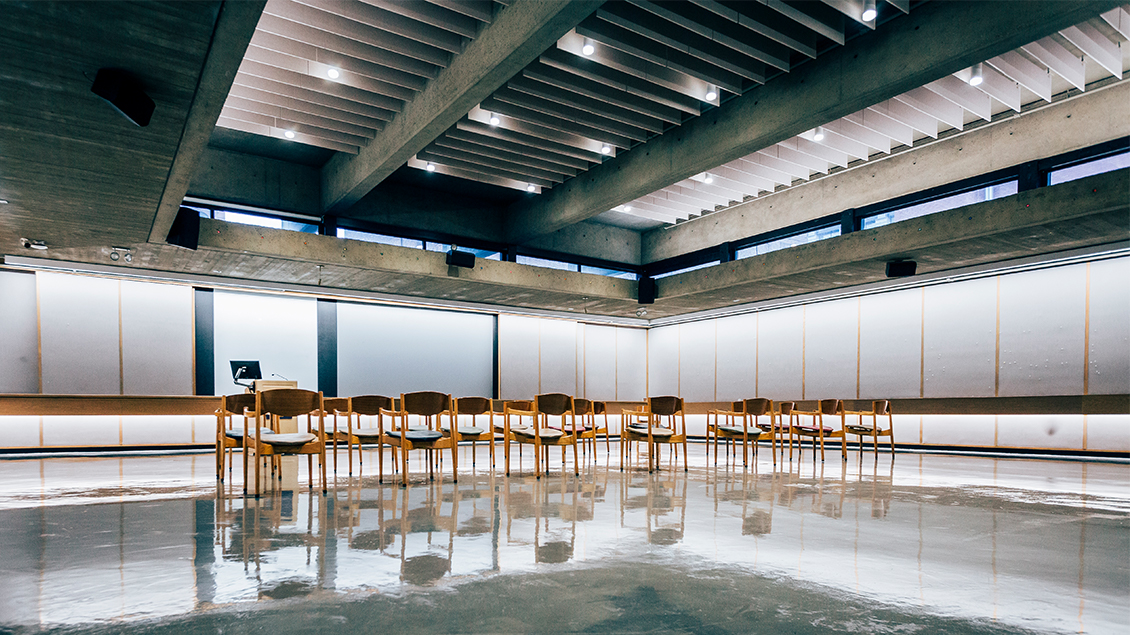
In 1992, the annual Cascieri Lectureship in the Humanities was established in Dean Cascieri's honor, a tradition that continues today. H. Morse Payne gave the first lecture, "Urban Design in Seventeenth-Century New England," and Cascieri lectures have since been given by notable architects, designers, artists, and even politicians, from Jorge Silvetti to Andrew Cuomo to Michael Dukakis. The tradition of mounting exhibitions has also continued; McCormick Gallery hosts several public exhibits each year, including an annual exhibit of graduating students' thesis work.
In 1996, the Center began offering its first professional master's degrees in architecture and interior design. Over the next twenty years, new programs continued to launch. The BAC introduced a Bachelor of Design Studies in 2004 and a Bachelor of Landscape Architecture in 2007, followed by master's degrees in 2009 and 2010. In 2013, interior design was renamed interior architecture to reflect the complex role of the interior architect in building design. The interior architecture and landscape architecture degree programs are professionally accredited by the Council for Interior Design Accreditation and the Landscape Architectural Accreditation Board.
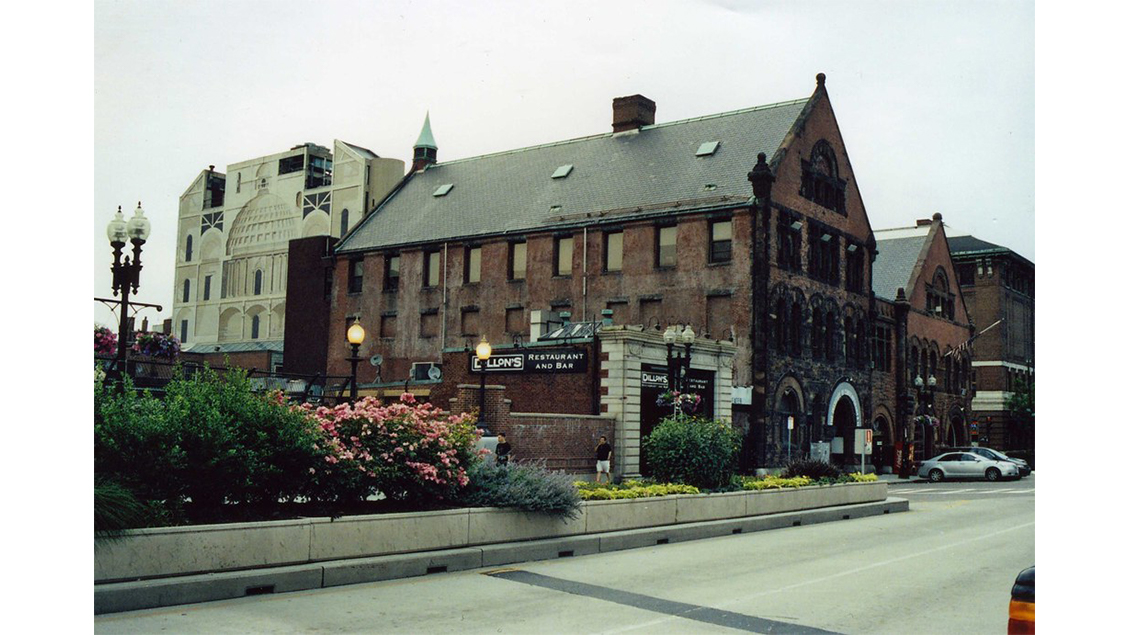
Following a reaccreditation visit in 2005, NAAB decided not only to renew the BAC's accreditation for six years, but also to accredit fully its pioneering distance program, which allows students to complete the majority of their degree online with an on-campus intensive week each semester. The BAC's Distance Master of Architecture was the first NAAB-accredited low-residency M.Arch in the country. In 2006, the BAC recognized the significant advances in its educational programs by formally changing its name to The Boston Architectural College.
As the school grew, it expanded its campus in 2007 with the purchase and renovation of a historic building at 951 Boylston Street. The Romanesque station house was constructed in 1887 and was the former home of the Mounted Division of the Boston Police Department. In 1976, the Institute of Contemporary Arts purchased the building and transformed it into gallery space. The BAC further renovated the building, creating an assembly hall on the first floor and several floors of studios above.
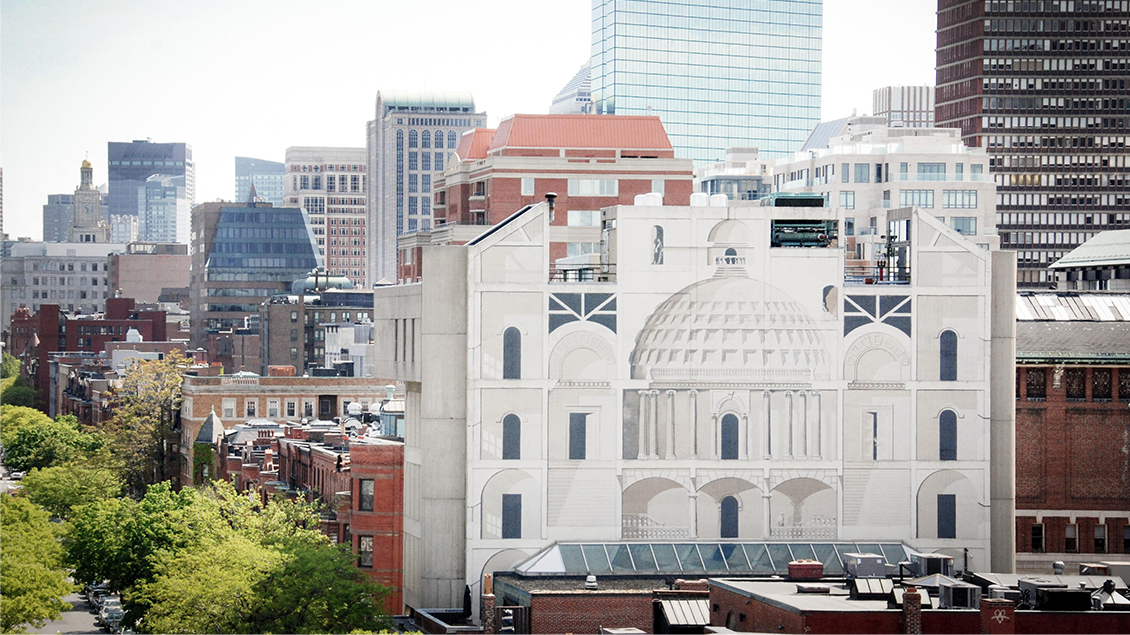
In 2009, the BAC boasted the largest faculty and student body of New England architecture programs and one of the lowest costs. The class of 2009 had 100 graduates, and there were 170 graduates in the class of 2015. In 2014, the BAC celebrated its 125th anniversary with its first ever Homecoming weekend. Throughout its history, the BAC has continually evolved and adapted, but it has always upheld the importance of open admission, affordability, dedicated faculty, and the value of both academic and experiential education.
